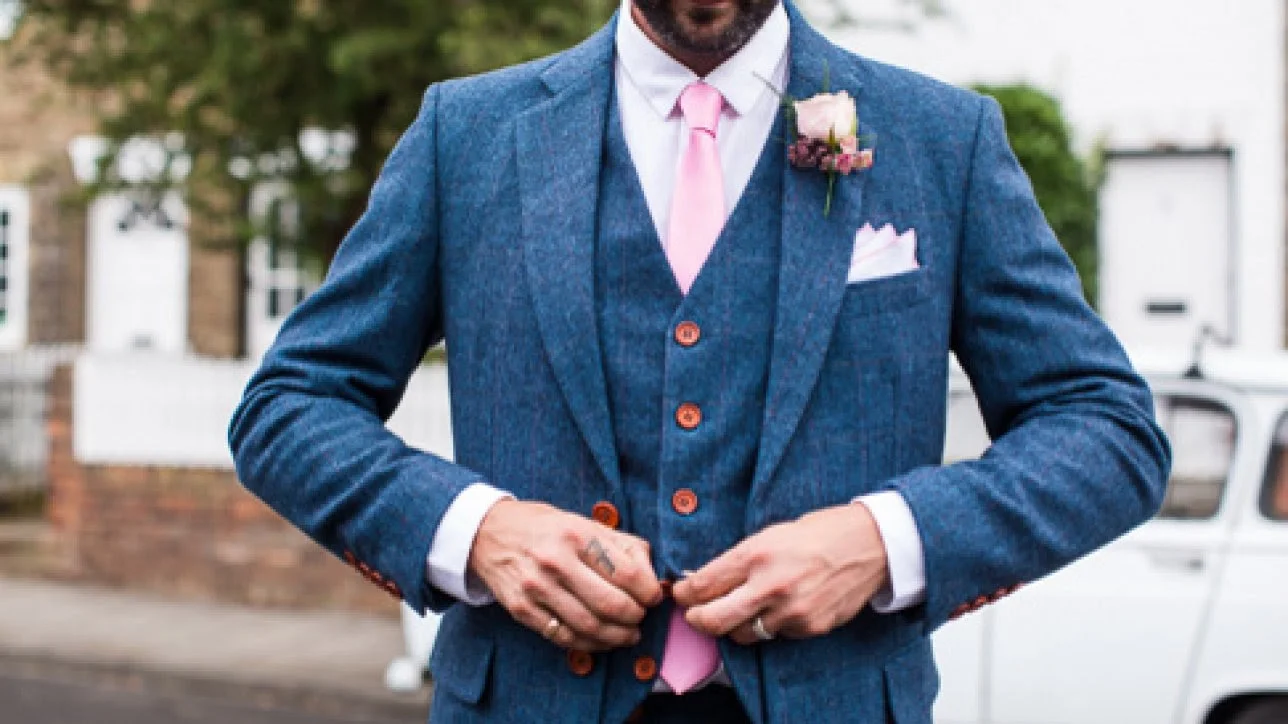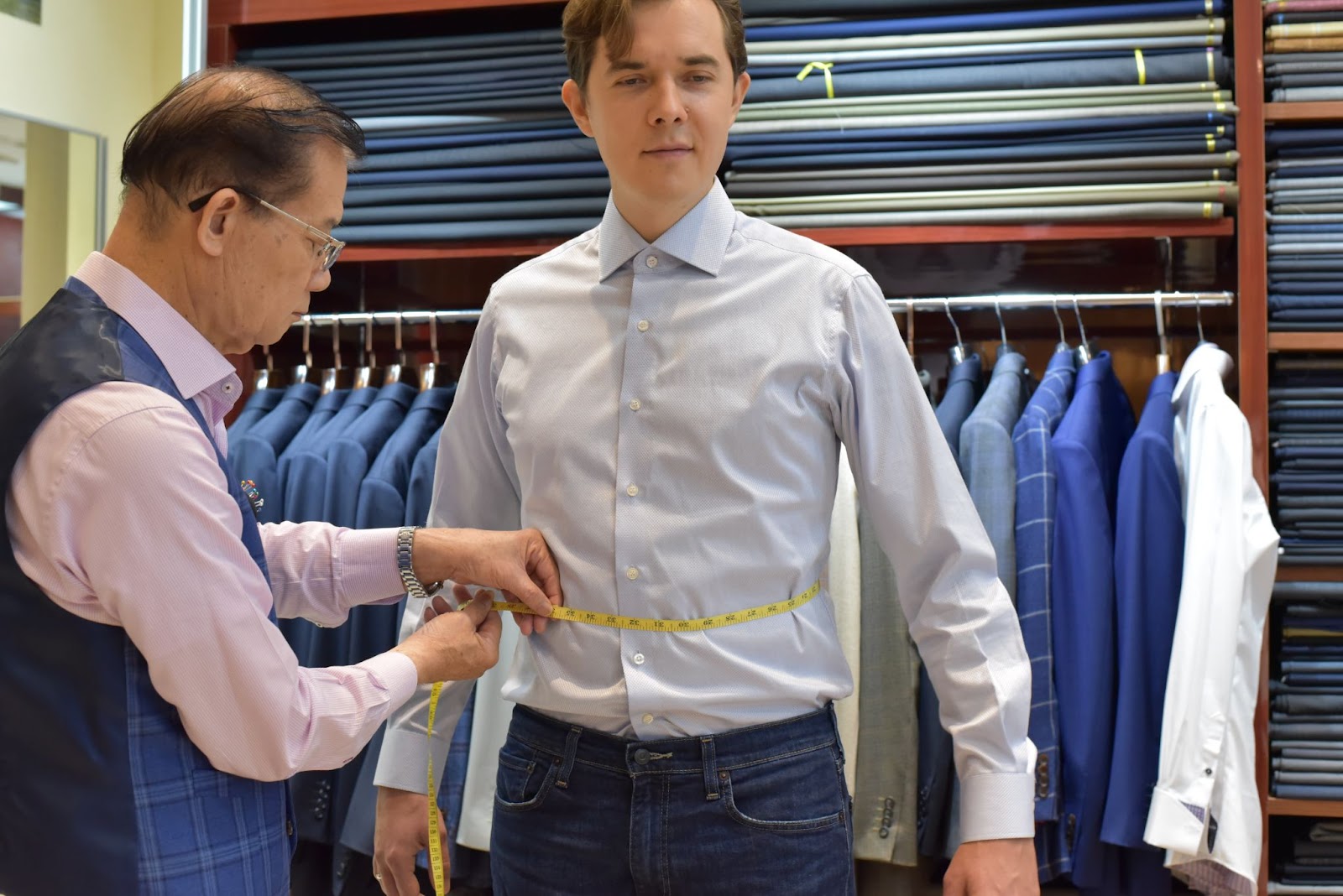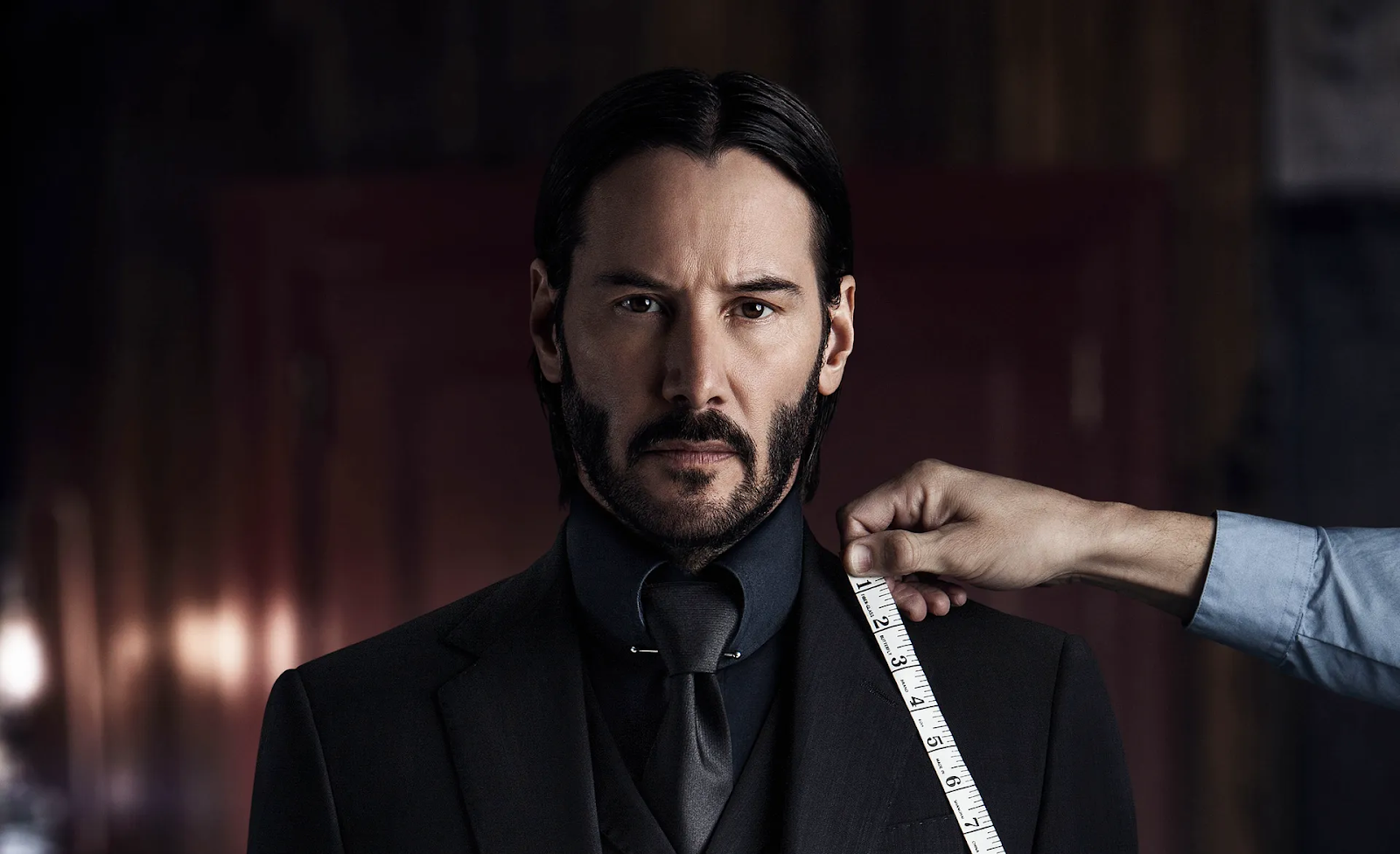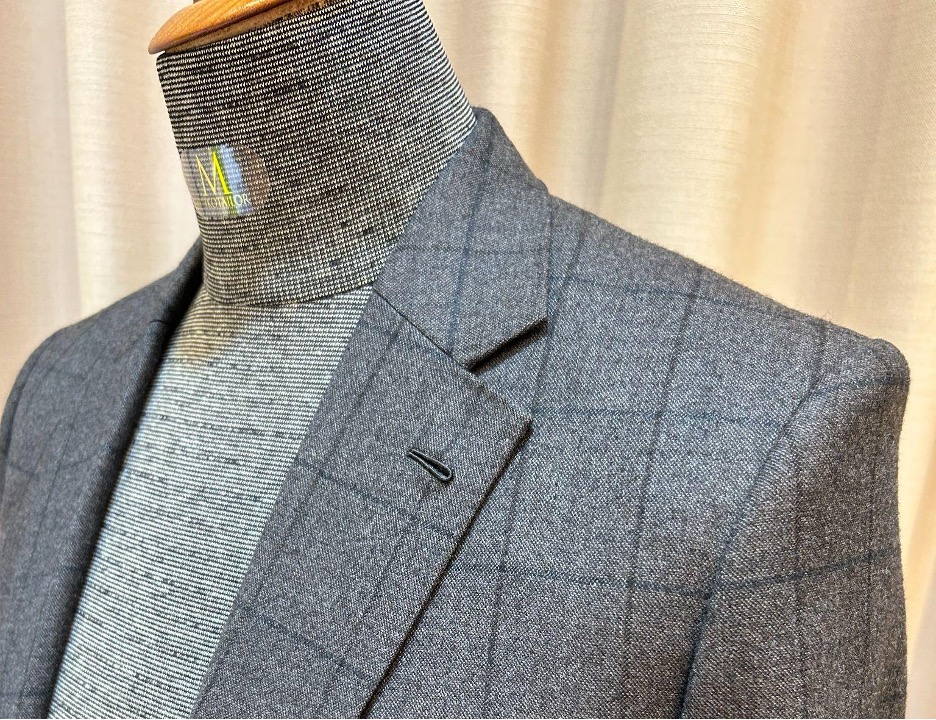
You’re in a thrift store and come across a vintage suit that you adore, but the shoulders are too wide. Should you purchase it? In situations like these, whether your tailor can complete the necessary suit or garment alterations to make the item fit you well is the difference between getting a steal and wasting your money.
Resizing your suit
The first rule of suit alteration is that you can remove or reduce the amount of fabric, but you can’t make something bigger. How much bigger would depend on how much extra material was allowed under the seams or hems of the garments. Tailored pants and jackets that were originally expensive or well-made — especially bespoke — will usually have more allowances, allowing for the wearer’s changing size over time. To keep costs down, ready-to-wear or less expensive items usually have little or no extra material to let out. As a result, if your find is slightly too large rather than too small, you will have a better chance of a successful modification.
A suit jacket is quite complex in construction and cannot be shrunk down multiple sizes because the proportions will be altered and the elaborate structure (lining, canvas, padding, pockets, etc.) will have to be reconstructed to the point where it would be more cost-effective to buy a new jacket. Cinching the sides, waist, chest, on the other hand, is not a major surgery (more on these alterations later). The general rule is that you can go down one size at most, but a suit jacket or blazer that is only one size too big is a safer bet. The issue is that jackets that are too big can also be too big on the shoulders, which is a more difficult part to adjust due to the multi-layer of the shoulder pad (if any), the lining, the outer fabric, not forgetting the armhole.
Trousers, on the other hand, are a little more forgiving, especially if you want to go for a high-waisted look. While legs can be narrowed and waistbands can be tightened, the rise of a pair of pants–the distance between the waistband and the crotch (or a rise) –is more difficult to adjust. It is important to note that the rise of trousers cannot be increased. You can take a rise from low to high but not the other way round.
High waisted or high-rise pants sit on the natural waist or 3inches above the naval. Low rise pants are worn lower than at the natural waist to elongate a man’s torsos. High rise is very flattering when wearing over jacket
1. Altering the shoulders’ width
With this ground rule established, let us examine the components of a tailored outfit from top to bottom in terms of what can and cannot be altered, beginning with the shoulders of a suit jacket (or sport coat, or blazer, etc.). The first thing we consider are the shoulders. Shoulders are an exception to the rule; modifying shoulders to make them larger or smaller is not recommended. The construction of a jacket’s shoulder to armhole is so complex that reshaping them necessitates major alteration.
Verdict: Maybe
2. Changing the level of shoulder pads
If your body type does not lend itself to padded shoulders, you can either remove them in order to achieve a natural Neapolitan shoulder or opt for a light pad for tad lift on the shoulder for a more British-style appeal.
In both cases, the structure of the shoulder, and overall the appearance of the jacket, will change; but the end result will never be the same as one in the original style and won’t look as flattering as a bespoke piece that fits the shape of one’s shoulder.
Verdict: Maybe.
3. Sleeves alteration
Sleeves may seem simple to alter but it depends on what one is adjusting. Narrowing ones that are too big around the arms is a simple fix. The more time-consuming part is altering the jacket sleeves. Making the sleeves a half-inch or so longer is tad easier. However, even if there is enough material, lengthening will place the buttons too far away from the edge of the sleeve which will make your sleeve arms out of proportion. Shortening the sleeve requires more work. Shortening of sleeves too much will place the first button too close to the end of the sleeve, which will both look odd.
This is where higher-end tailoring houses with construction experience add value. A good skilled tailor would usually advise to shorten the sleeve by removing it and reducing it at the shoulder rather than the bottom.
If you have a jacket with functional sleeve buttons, make sure the sleeves don’t require extensive lengthening or shortening. Even cleaning up the stitching on non-functional sleeves can be problematic, so proceed with caution. Depending on whether there is extra fabric available, lengthening can also be done at the shoulder. Both are more costly in labour.
If your sleeve buttons are broken, a tailor can move the top or bottom button to compensate for larger changes in sleeve length. However, if you have working buttons, this is a more difficult alteration because you will be unable to sew up the former buttonholes cleanly; these are actually tears in the fabric that can only be closed with the services of a reweaver — a specialist who can reweave the cloth — and are hard to come by. Verdict: Yes
4. Altering shoulder divots
One sleeve-related alteration that is potentially challenging and expensive is fixing shoulder divots or dimples. These can be created, especially on heavier-weight fabrics like flannels, if:
a) The sleeve is connected to the armhole of the jacket in a way that doesn’t match the way you naturally hold your arms in the resting position, or
b) The armhole is considerably smaller than the sleeve opening that attaches to it.
A tailor can try to fix these issues by removing the sleeve and rotating it to match your posture or by reducing the size of the sleeve. This is a doable alteration, but results are not 100 percent guaranteed, and, again, the cost is high. Verdict: Maybe
5. Changing the button profile
Taking in aspects of the body of a jacket is fairly simple, and letting out what is available at the seams can also be done. Other alterations are not recommended. One frequently asked question is about the number of buttons.
Removing buttons, such as converting a three-button suit to a two-button suit, is not possible at all because it would necessitate the closure of an additional buttonhole, which cannot be post production. Furthermore, the placement of the buttons varies according to body length and proportion. The same can be said for plans to convert a hard three-button or even a two-button suit into a three-roll-two buttoning scheme with the top button rolled under the lapel.
Verdict: No
(To be continued in the next part series)







